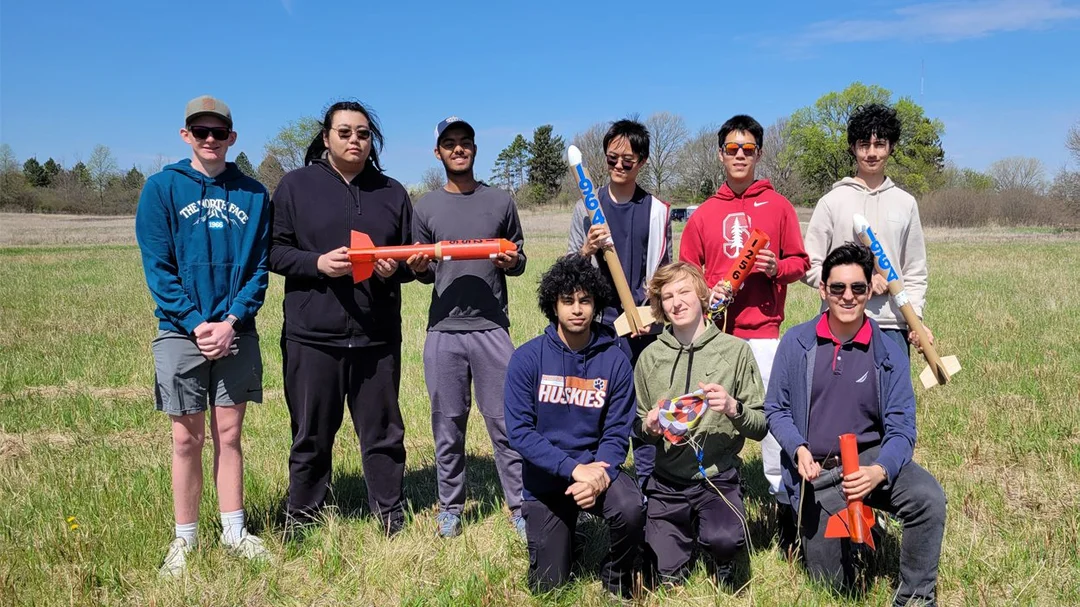
High School Rocketry Teams Prepare for National Showdown: A New Generation of Aerospace Engineers Takes Flight
Get ready to witness the future of aerospace engineering! This weekend, student teams from across the nation will converge at Great Meadow in The Plains, Virginia, for the exhilarating American Rocketry Challenge National Finals. These young innovators are not just building rockets; they're potentially shaping the future of space exploration. Will one of them follow in the footsteps of astronaut Woody Hoburg, a former participant?

Organized by the Aerospace Industry Association in partnership with the National Association of Rocketry, the American Rocketry Challenge isn't just about launching rockets. It's a rigorous test of design, engineering, and problem-solving skills. This year, 100 teams, whittled down from an initial 1,001, will compete for $100,000 in prizes and the chance to represent the U.S. at the International Rocketry Challenge at the Paris Air Show in June.
The challenge? Design, build, and fly a rocket carrying two raw eggs to an altitude of 790 feet, ensuring a safe landing within a 41-44 second window. And yes, the eggs must remain unbroken! Teams must also adhere to strict specifications for rocket weight, size, and motor impulse.
"His journey from student competitor to astronaut highlights the program's role in encouraging participants to pursue careers in STEM (science, technology, engineering and math)," said Jessica Pedersen, senior director for American Rocketry Challenge and STEM Engagement at the Aerospace Industry Association.
For teams like the NNHS Rocketry Club, qualifying for the national finals has been a journey of learning and relentless problem-solving. As Mijael Barranco, Mentor for the NNHS Rocketry Club, explained, "You think it might happen that way, but, you need to start attacking each variable." The teams not only have to consider the specifications of the rockets like weight and length, but also that the rocket is made of two tubes large enough to carry an altimeter and two raw eggs. Keanu Barranco, the founder of the Rocketry Club, added: "Every time you come up with one solution, it brings two more problems with it."

Teams from Sandpoint, Idaho, also highlight the dedication and community support behind these young rocketeers. Supported by local non-profit Spacepoint and various business sponsors, Team Pend Oreille Rocketry and Team NOVA have meticulously crafted their rockets, adjusting weight, shape, and thrust to predict flight paths with precision. They are also funding the trip by selling donation 'tickets' on spacepoint.org, showing their dedication to rocket science.
The finals aren't just about competition; they're also about inspiration. Students get the chance to connect with aerospace experts and policymakers, broadening their horizons and solidifying their passion for STEM fields. Some may even take a trip to the National Air and Space Museum, immersing themselves in aerospace history.
As one team member astutely put it, "It’s not just a competition. It’s a journey of innovation and discovery." Will these young rocketeers slip the bonds of earth and achieve rocketry glory? Head to The Plains this weekend to witness the launch of a new generation of aerospace engineers.
What innovations do you think these young rocketeers will bring to the aerospace industry? Share your thoughts in the comments below!